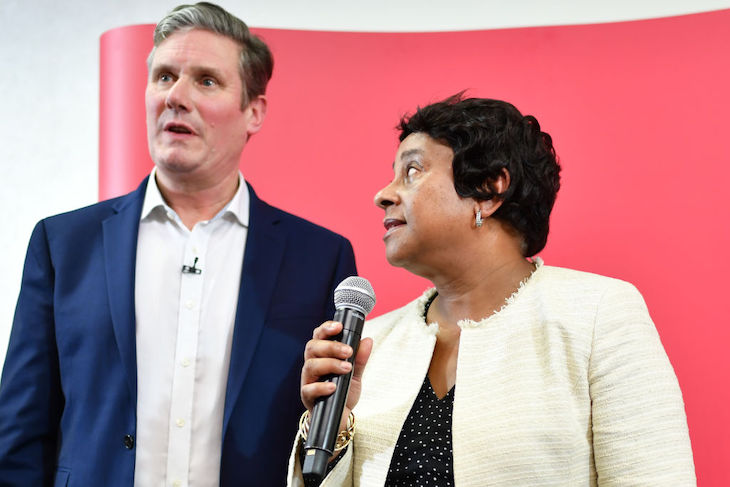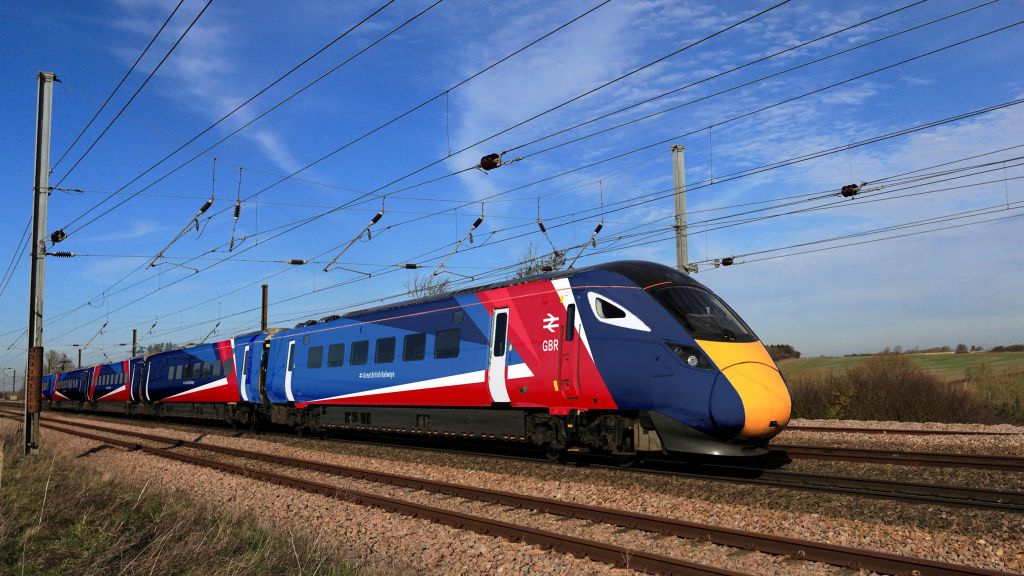The ‘eradication of structural racism would be a defining cause’ of Labour’s time in power. That’s what Keir Starmer said in 2020, a few months after the death of George Floyd. In the party’s election manifesto last year, it promised to introduce a Race Equality Act to root out racial inequalities as part of a broader racial justice agenda. This included addressing the treatment of black people under the Mental Health Act, appointing a ‘Windrush Commissioner’ and making big businesses publish ethnicity pay gap data.
Labour is betting that ethnic minority voters will remain loyal, even as their priorities are quietly shelved
But now, with Keir Starmer in No.10, much of this racial justice mission appears to have been forgotten.
Labour’s promised Race Equality Act has all but vanished. Where once there was talk of handing preferential access to government contracts for ‘African-heritage firms’, Labour’s race equality mission has been watered down into a new ‘Race Equality Engagement Group’ (announced in March) and a tepid call for evidence in April. This looks like standard public-sector boilerplate speak, wheeled out when a government wants a supposed priority to fail, without saying so.
Starmer’s government is still appointing a ‘Windrush Commissioner’, applications for which closed in March. The renumeration package for the job – up to £130,000 for as little as three days of work a week – will be a flush sinecure for whoever demonstrates to the Home Office that they have ‘direct, first-hand knowledge’ of the ‘challenges faced by the Windrush generation’. But the successful candidate is unlikely to secure the radical economic redistribution along racial lines which some Labour activists are seeking.
Starmer, of course, hasn’t announced a U-turn. There have been no speeches renouncing the Corbyn-era rhetoric. But the direction of travel when it comes to racial equality is clear. The Labour government has not meaningfully pursued the agenda it once championed. It has chosen instead a quieter path: one of omission, deferral, and strategic silence.
The reason why is simple. Labour has traditionally relied on its dominance in two major demographics to win elections. The first – of which we hear plenty – is the white working class in the north of England. The second, less openly acknowledged but just as crucial, is its commanding lead among ethnic minority voters. This support dates back to HMT Windrush, when Commonwealth immigrants arriving in the UK in the decades after World War Two found Labour’s anti-colonial stance and vision of a welfare state more attractive than a Conservative party which still then contained outspoken racialists and imperialists.
Labour’s strong support among ethnic minorities has continued since. It has been strengthened by landmark legislation, such as the 1965, 1968 and 1976 Race Relations Acts. At the last general election, Labour received 46 per cent of the ethnic minority vote, compared to just 17 per cent for the Conservatives, according to Ipsos Mori. Among black voters, Labour’s dominance is even more pronounced, with 68 per cent backing the party.
Keeping both groups happy is not easy. Those from an ethnic minority tend to be significantly more positive than white British voters about current levels of legal immigration, according to research by Policy Exchange. For that reason, Keir Starmer’s recent characterisation of Britain as an “island of strangers” as a result of unchecked immigration is bound to alienate some Labour voters.
Labour activists and MPs are often far to the left of the general public on racial issues. Back in 2019, several Labour MPs, some of whom currently serve on the government front bench, signed up to the #WidenWindrush campaign. This was launched by a group which claimed that “the whole system of British immigration controls and Home Office decision-making is inherently racist”.
In the cool light of 2025, such ideas – anathema to the task of winning back Labour-Reform switchers ahead of the next election – have been quietly forgotten.
Labour has long had an on-again, off-again relationship when it comes to race. In the 1980s, the Greater London Council, which was dominated by Labour, launched a ‘London Against Racism’ year and commissioned Afro-Caribbean and Asian artists to paint anti-racist murals. By the late 1990s, New Labour was rather shy about using the word “race”, preferring instead the anodyne language of “community cohesion.” Now, under Starmer, Labour is rediscovering an old lesson: that racial justice is far easier to talk about in opposition, when ambition is rhetorical, than to deliver on in office.
Labour is betting that ethnic minority voters will remain loyal, even as their priorities are quietly shelved. The PM hopes that racial inequality can be addressed by broader economic growth and fairer public services, without needing its own agenda.
But this strategy is a risk. For all the talk of the party reassembling a 1997-style coalition, the electoral map of 2025 looks different. Younger, urban, university-educated voters may not switch to the Conservatives or Reform, but they are more than capable of staying home – or drifting towards independents and minor parties who speak more clearly to their concerns.
Race equality, in particular, has become a totemic issue for many of these voters. It is not just a moral stance, but a signal of seriousness on social justice more broadly. By letting it slide off the agenda, Labour risks appearing calculating rather than principled, transactional rather than transformative. It might earn Starmer a reprieve from voters on the right, but it adds to the growing list of things he’s been dishonest about.








Comments